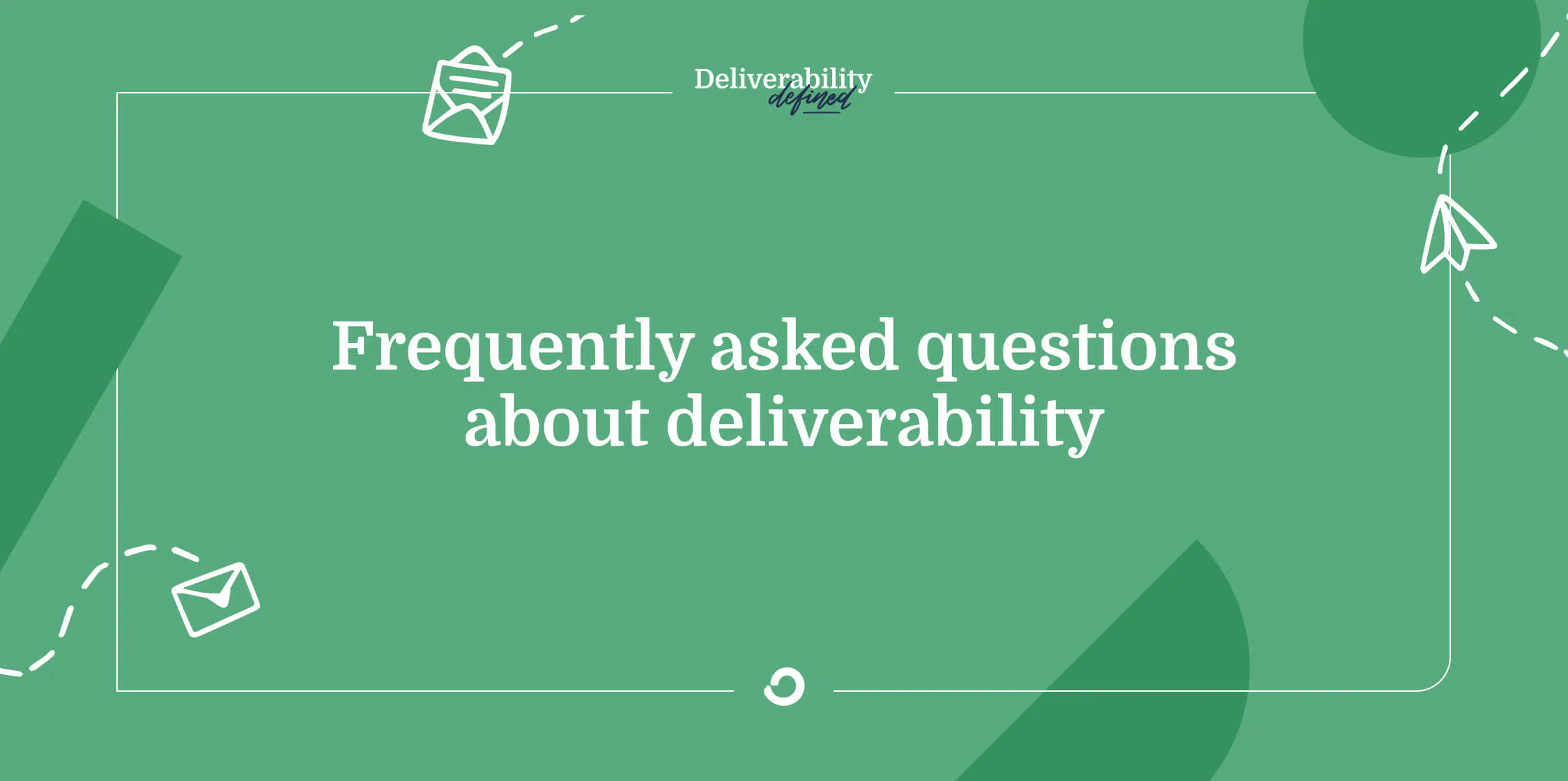Frequently asked questions about deliverability
Updated: October 02, 2024
5 min read

Get Notified About Future Episodes!
To receive email notifications when new episodes of Deliverability Defined are available, or to submit topic suggestions, sign up to our email list.
Sign-Up
Alyssa Dulin
Alyssa is a Deliverability Lead located in Nashville, TN. She loves helping senders reach the inbox of their subscribers. Outside of work, Alyssa enjoys traveling, indoor cycling, and spending time with family. (Read more by Alyssa)


